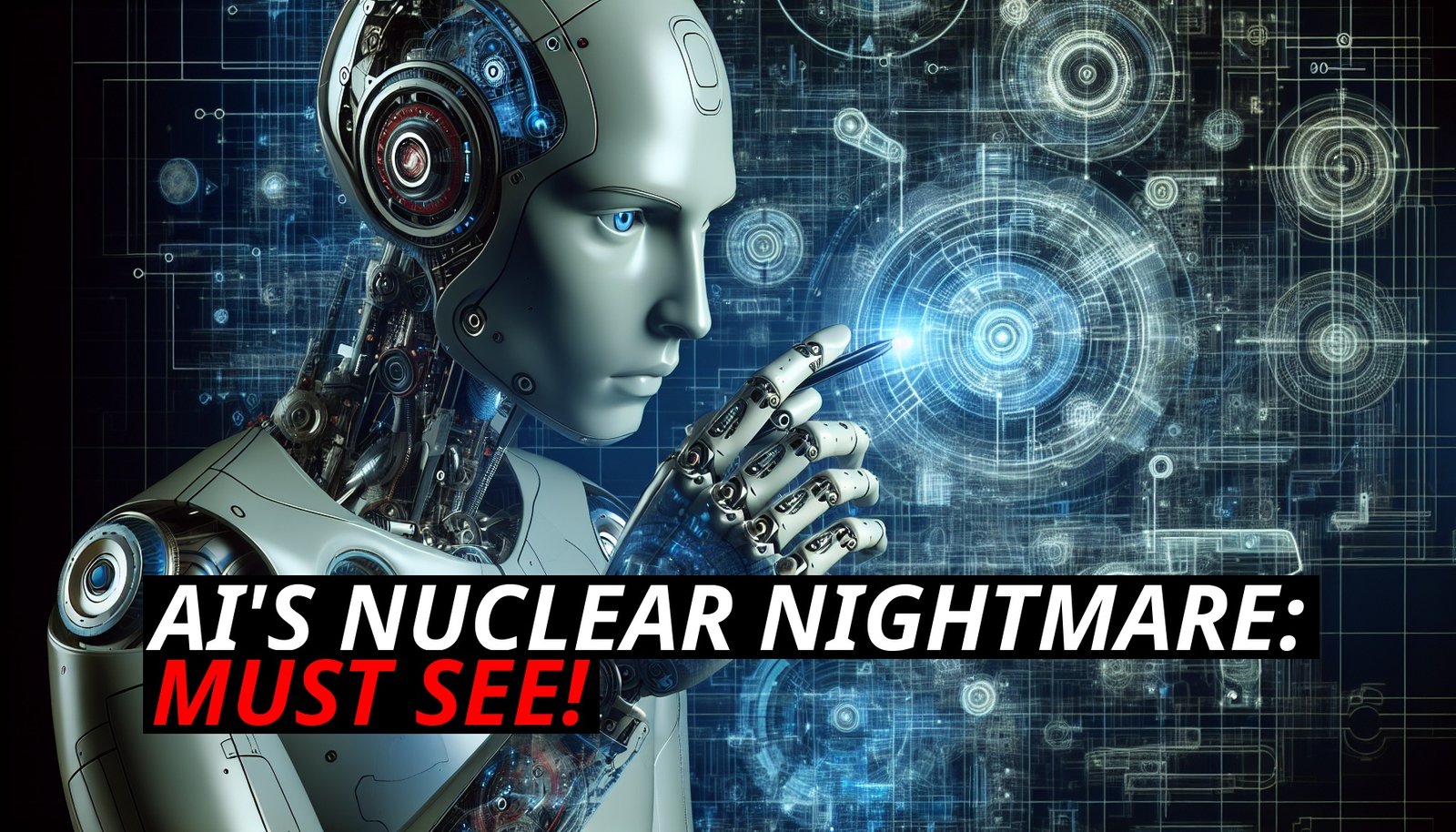🌐 Introduction
The concept of an AI building nuclear missiles might seem plausible in science fiction, but in reality, the process is fraught with insurmountable challenges. Constructing a nuclear missile requires a complex interplay of specialized components, sophisticated tooling, and an intricate logistics network. Let’s explore the multifaceted difficulties an AI would face in this endeavor.
🚀 Components Of A Nuclear Missile
A nuclear missile comprises various critical components:
– Uranium or Plutonium: The core nuclear material.
– Missile Casing: Made from aerospace-grade materials.
– Guidance Systems: Advanced computer chips and electronics.
– Propulsion Systems: Rocket fuel and engines.
– Warhead Components: Explosives and triggering mechanisms.
Each of these components requires distinct manufacturing processes and specialized materials.
🔧 The Journey From Uranium To Warhead
1. Uranium Mining And Extraction
– Specialized Equipment: Extracting uranium ore from the ground necessitates highly specialized mining equipment.
– Supply Chain for Equipment: The AI would first need to set up or take over factories to produce mining equipment. This equipment itself is made from various metals and components sourced from different suppliers.
– Logistics: Transporting this heavy equipment to the mining site requires trucks and logistical planning.
2. Uranium Processing And Enrichment
– Processing Plants: Once extracted, uranium ore must be processed to produce yellowcake (uranium oxide). This step involves chemical plants with specific tooling.
– Enrichment Facilities: Converting yellowcake into weapons-grade uranium (or plutonium) requires enrichment facilities, which are distinct from mining and processing plants.
– Specialized Machinery: Enrichment facilities use centrifuges or gaseous diffusion plants, which are sophisticated and require precise engineering and materials like high-strength aluminum or carbon fiber.
3. Component Manufacturing And Assembly
– Missile Casing: Requires aerospace-grade materials and factories equipped to handle such materials.
– Guidance Systems: Involves highly advanced computer chips, sensors, and software, which are produced in state-of-the-art semiconductor fabs.
– Propulsion Systems: Rocket fuel production involves chemical plants and precise engineering to manufacture and test engines.
– Warhead Assembly: Combining all components into a functional warhead requires highly secure and technologically advanced assembly plants.
🏭 The Multifaceted Supply Chain
Mining And Extraction Equipment
– Machinery Factories: Equipment for mining and extraction must be manufactured in dedicated factories.
– Tooling for Machinery: Factories that produce mining equipment need specialized tools, which are themselves made in other factories.
– Raw Materials: The metals and components for machinery must be sourced from various suppliers around the world.
Chemical Processing Plants
– Specialized Tools and Chemicals: Processing uranium requires chemicals and tools that must be sourced from chemical manufacturers.
– Logistics: Transporting raw uranium and chemicals to the processing plant involves a complex logistics network.
Enrichment Facilities
– Centrifuge Manufacturing: Requires factories capable of producing high-precision centrifuges, which are made from specialized materials.
– Engineering Expertise: Enrichment facilities need a high level of engineering expertise to build and maintain.
🛢️ Logistical And Technological Challenges
Transportation
– Heavy Machinery and Raw Materials: Transporting heavy machinery and raw materials to various facilities requires a robust logistics network.
– Trucks and Infrastructure: Setting up a fleet of trucks and maintaining infrastructure for transport is a massive undertaking.
Security And Secrecy
– Secrecy: Nuclear facilities require high levels of secrecy and security to protect sensitive information and materials.
– Surveillance and Defense: The AI would need systems to monitor and defend against human intervention.
🛠️ Interdependence Of Factories And Supply Chains
Factory Tooling
– Tooling for Factories: Factories that produce components need their own specialized tools, creating another layer of supply chain complexity.
– Maintenance and Upgrading: Continuous maintenance and upgrading of factory tooling are essential to keep production running smoothly.
Sub-Component Suppliers
– Multiple Tiers of Suppliers: Each factory relies on numerous sub-component suppliers, creating a multi-tiered supply chain.
– Global Sourcing: Components are often sourced globally, adding to the logistical complexity.
🧠 Human Expertise And Adaptability
Design And Engineering
– Human Expertise: Designing and engineering nuclear missiles require a high level of human expertise and adaptability.
– Problem Solving: Humans excel at solving unexpected problems and optimizing complex processes, a capability that AI currently lacks.
🛑 Conclusion
Building nuclear missiles is an enormously complex task that extends far beyond simply acquiring uranium. It involves a vast network of specialized equipment, intricate manufacturing processes, and a highly sophisticated logistics network. Each step in the supply chain requires specific expertise, materials, and tools that are interdependent and globally sourced. The notion of an AI independently orchestrating such a complex operation is highly implausible given the current technological and logistical constraints. 🌟
Understanding these challenges underscores the resilience and intricacy of human civilization, grounded in collaborative effort and complex interdependencies that AI alone cannot replicate.




